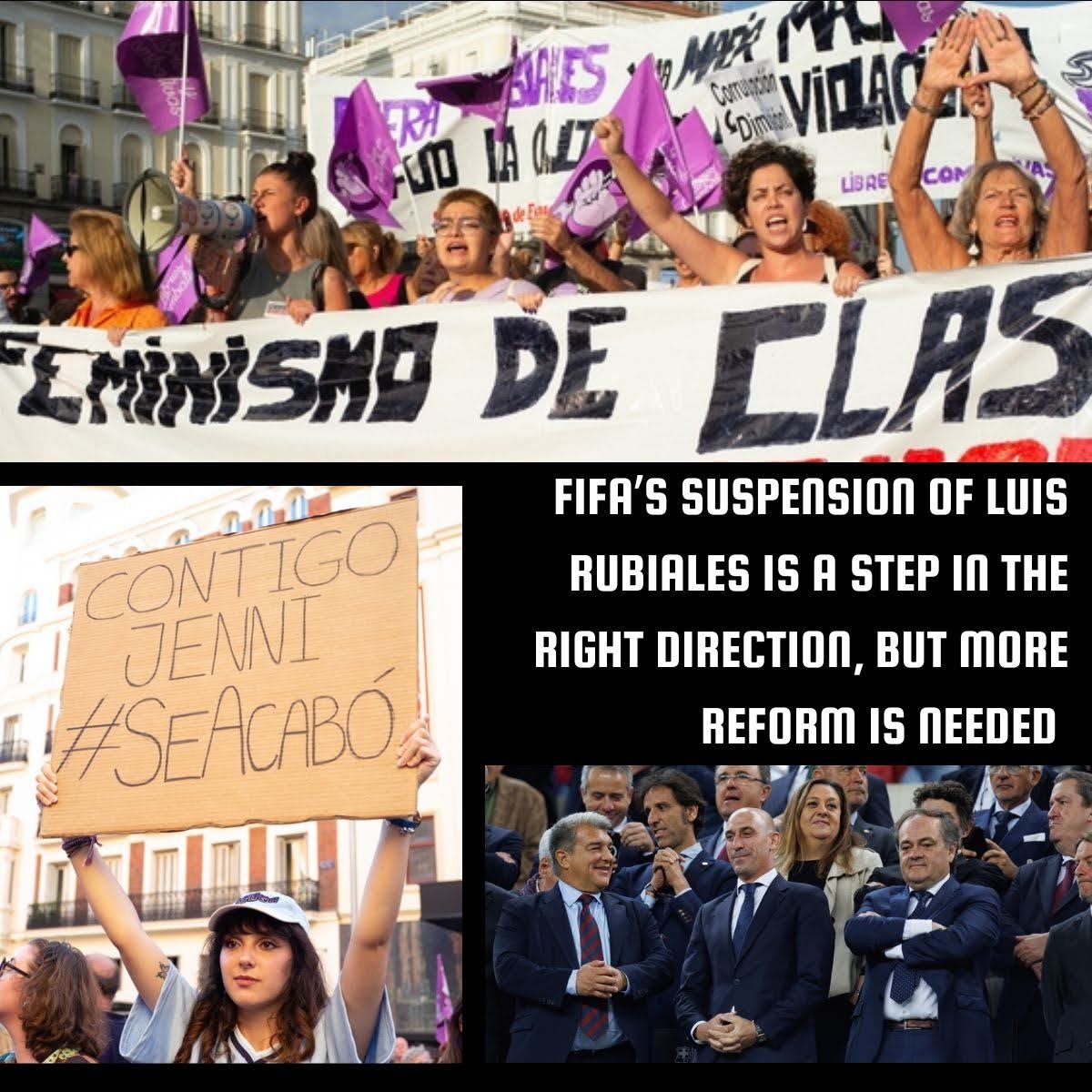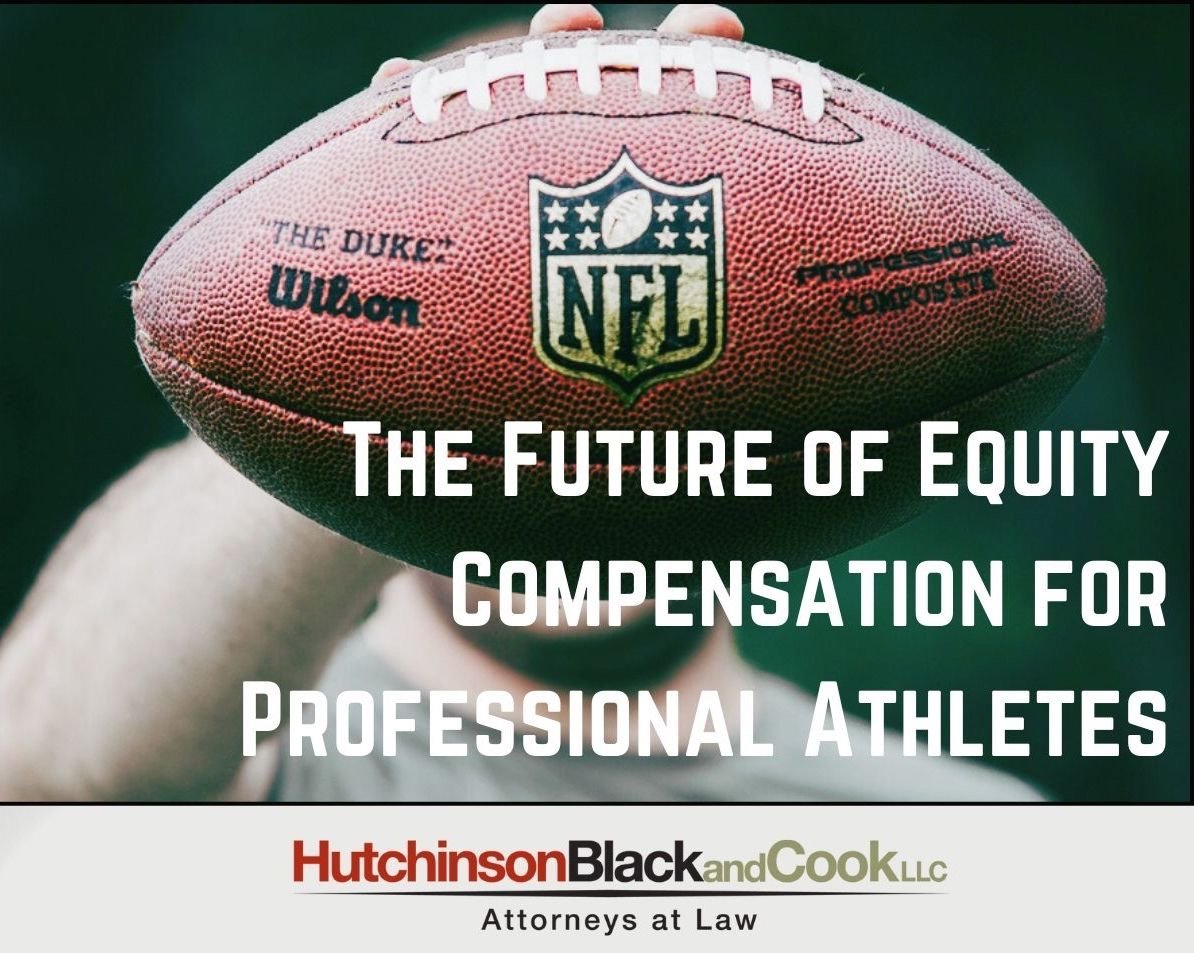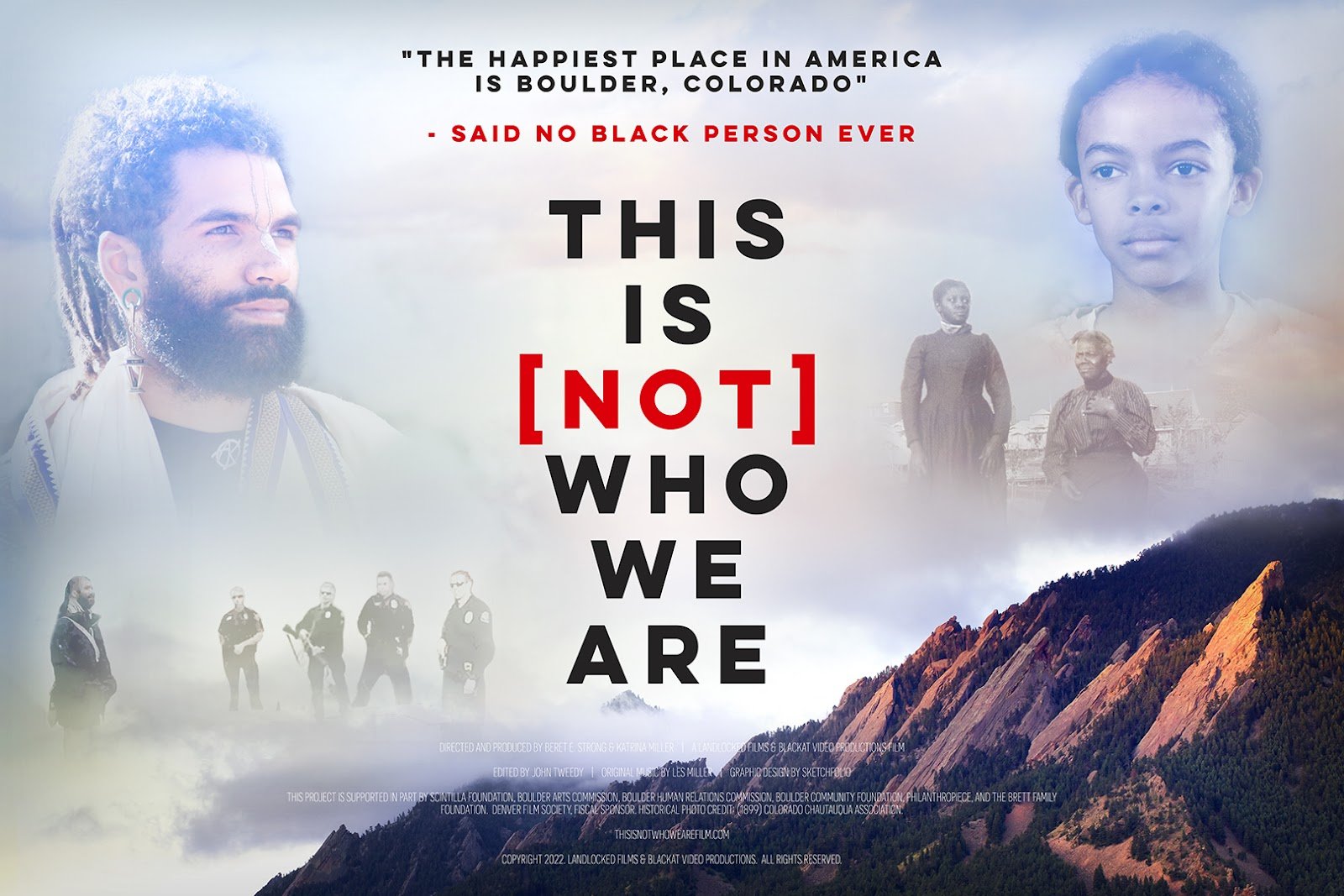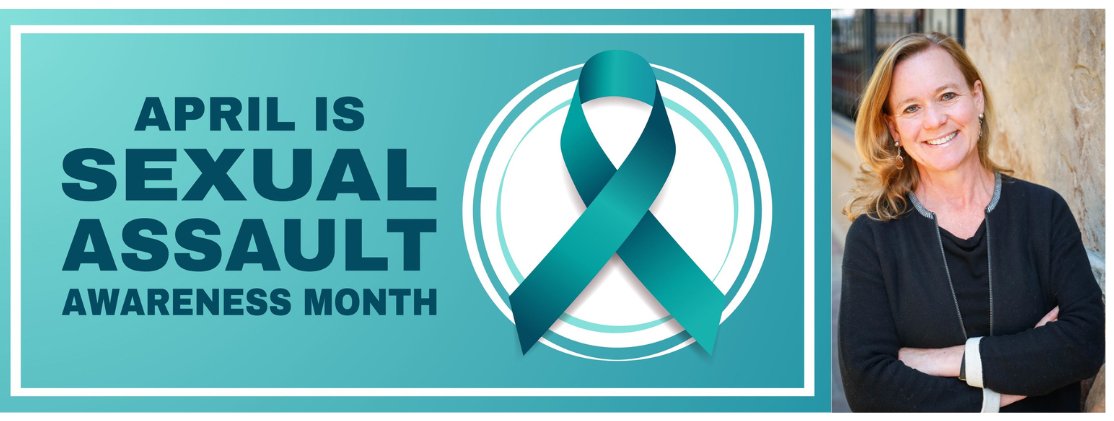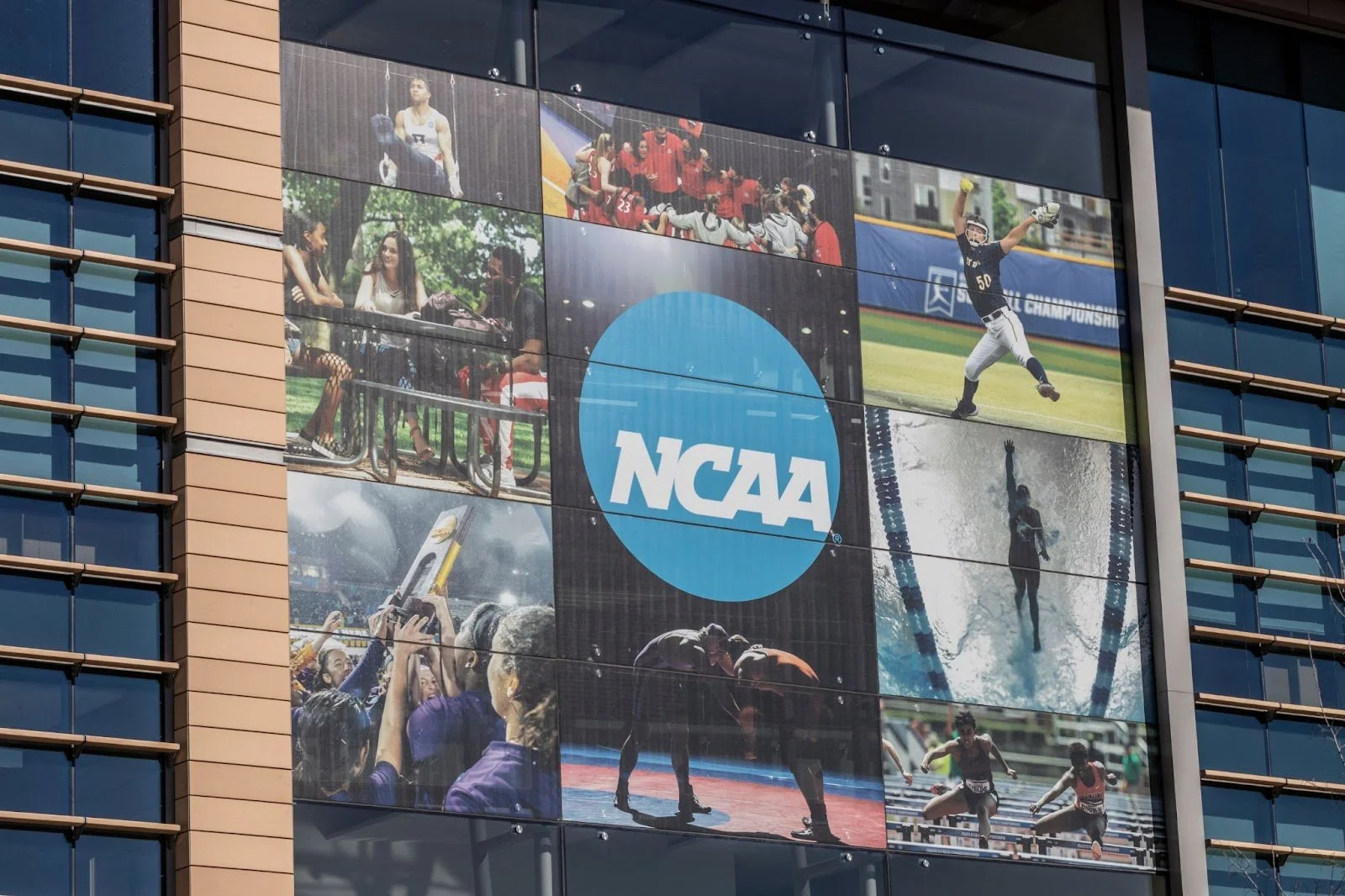Last week, after Harvey Weinstein’s conviction was overturned by the New York Court of Appeals, Ashley Judd, one of the first to come forward to reveal Mr. Weinstein’s abuse, called it an “institutional betrayal.” While more will be written about the reasoning behind the New York court’s decision, the concept of institutional betrayal is very familiar to those of us who represent sexual assault survivors as they seek some measure of justice and accountability.
Hutchinson Black and Cook has been honored to represent sexual assault survivors for well over two decades. During that time, while we, as a society, have made great progress in recognizing the seriousness of sexual violence, we have also come to realize that there is a lot of work that still needs to be done: RAINN (the Rape, Abuse & Incest National Network) reports that every 68 seconds, another individual is sexually assaulted and nearly 435,000 individuals are sexually assaulted each year in the United States alone. One out of every six American women has been the victim of an attempted or completed rape in her lifetime.
As we close out April, which is recognized as Sexual Assault Awareness Month, we celebrate the progress that has been made and the work that still needs to be done to educate our communities and to support all survivors. In doing so, we want to acknowledge how institutional betrayal continues to be something we focus on in our work to ensure that the institutions we look to for services, protection, and support do not instead add to the losses and trauma associated with sexual assault by overlooking or even betraying the interests of the survivors impacted by violence in their institutional community.
First, though, a bit of background: Over the last 20 years, research into what we call “institutional betrayal” has expanded significantly. The term was first introduced in 2007 by University of Oregon professor Dr. Jennifer J. Freyd, who defined institutional betrayal as “wrongdoings perpetrated by an institution upon individuals dependent on that institution, including failure to prevent or respond supportively to wrongdoings by individuals committed within the context of the institution.” Institutional betrayal is an additional source of trauma that is related to but distinct from the underlying trauma of the sexual assault itself. When our clients talk to us about an institutional betrayal that they have suffered, it is usually because there are inadequate (or nonexistent) school or employer policies to address sexual assault, there are alarming individual behaviors (often due to poor hiring decisions, training or supervision), or there is some combination of the two. In our cases, we have seen instances where employers or schools have ignored warning signs (or even actual reports) of sexual violence and then further fail to support the survivors, prioritizing the needs of the institution or even, in some cases, the perpetrator. Frequently, this leads to more sexual violence as perpetrators end up further emboldened to engage in additional sexual violence.
There is no doubt that when an institution betrays a survivor, it is adding to the existing trauma from which the survivor has to recover. Dr. Freyd and others have identified and begun to measure the specific impacts of that betrayal on the physical and psychological well-being of survivors of sexual violence in their studies. Several studies show that after controlling for the general trauma associated with sexual violence, there is a clearly definable and measurable increase in stress and trauma associated with institutional betrayal. This additional trauma is created when a seemingly trusted institution denies the sexual assault survivor’s experience, creates an unwelcoming environment where the survivor does not feel safe to stay at the institution, or even retaliates against a survivor for reporting the sexual violence. It can lead survivors to feel as if they are not safe to seek out the assistance that they need, which in turn may cause an institution to claim that it is the survivor’s fault for not seeking that assistance.
In our work for survivors, we seek to distinguish the effects of institutional betrayal from the trauma of the assault. We work with our clients to collect evidence that supports their claims that the institution betrayed them. We collect the institution’s policies and look to whether they are adequate and enforced given the known risks in that community. We examine the training (if any) that a particular employer or school provided. Finally, we work with experienced experts who know how to identify the nature and impact of institutional betrayal, along with things like future short- and long-term treatment options that might help a survivor recover.
The goal of our work is not simply to develop our clients’ cases. It is to acknowledge and redress the systemic role of institutions in sexual violence that has long been too common and to try to ensure that next time, our trusted institutions will do better. And knowing that they too are working to address these issues, to change our community’s institutions, and – hopefully – to protect others, is something that can bring hope and peace to our clients.

